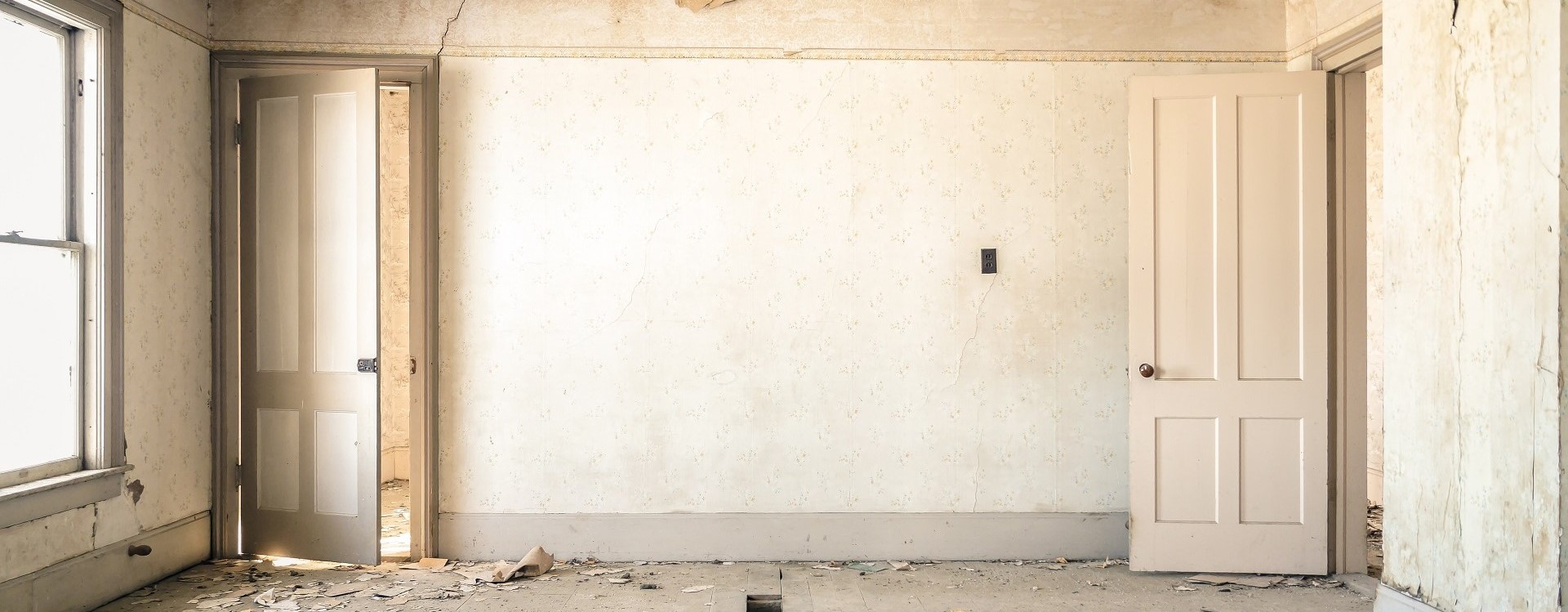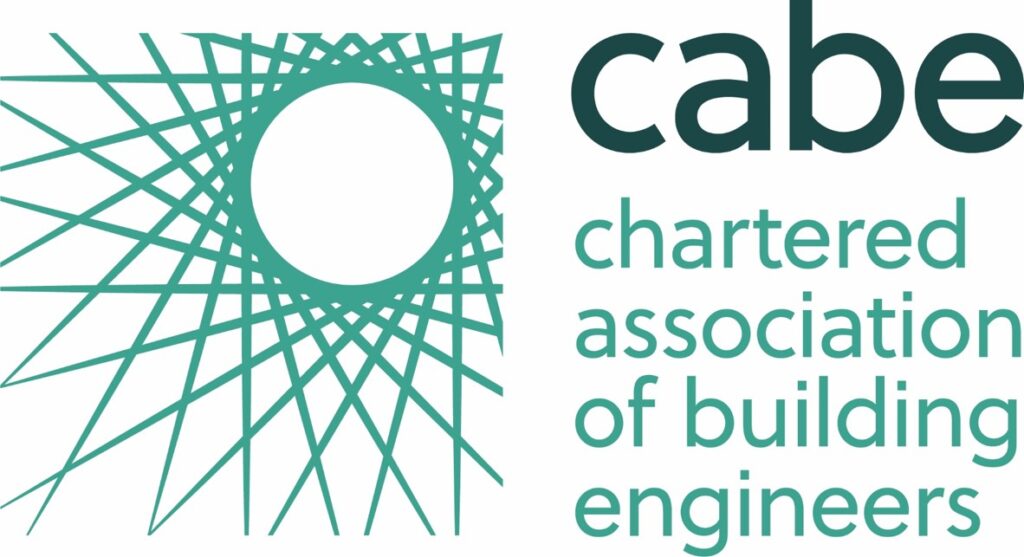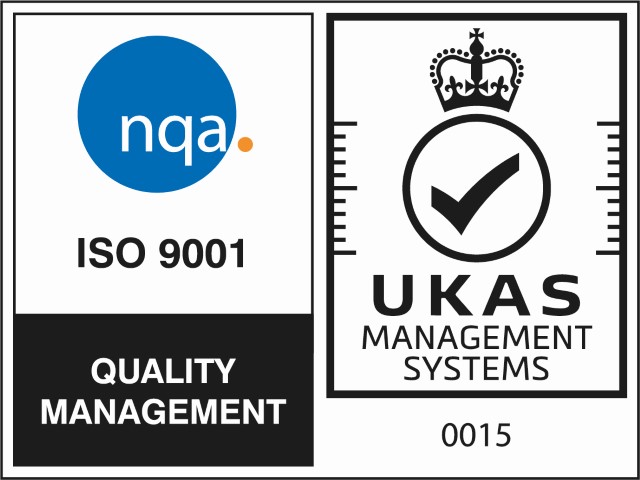Your property survey will provide you with peace of mind about the property’s condition or provide you with a bargaining chip to renegotiate the property’s price. A survey will uncover any issues so that you can make an informed decision on whether to proceed with the property purchase. This article will help you determine what steps to take if a survey presents a problem with your property and the survey reveals unexpected issues and is not as positive as you’d hoped for.
Your property survey will outline any defects or issues found with your property. The Homebuyer Report will list these issues based on severity and urgency. The full Building Report is more comprehensive and will detail any defects with supporting advice on how to proceed with maintenance and rectifying any problems.
The survey will highlight a whole range of issues that can affect the property’s value. These are some of the more serious issues that should set your alarm bells ringing:
Japanese knotweed – Japanese knotweed is an invasive plant with roots that damage everything and anything in its path. Check if there is a treatment plan in place as Japanese knotweed can make the property more difficult to mortgage, and hence could seriously affect your decision to purchase the property.
Subsidence – subsidence occurs when the ground underneath the property moves away from its foundations, weakening and compromising its structure, and causing it to sink. This issue can be fixed through underpinning but it can be difficult to find an insurer for a home affected by subsidence. It is advised to have a full structural survey and subsidence investigation survey carried out to investigate the issue further.
Rot – rot is a fungus that decays the wood and weakens the timber in a property. Your surveyor will inspect your property for both wet and dry rot, however, dry rot is more destructive and hence more expensive to treat.
Woodworm – woodworm is caused by a beetle larvae burrowing into the timber frames and causing structural damage to the property.
Damp – damp is visible on the ceiling and walls and will either be rising damp, penetrating damp, or condensation damp. These forms can be treated but may be costly depending on the scale and cause of the damp. A damp report will further investigate and clarify the survey’s findings.
Rewiring – a full rewire in a property can cost thousands and be very disruptive. An electrician can investigate further and provide a quote for the costs of the work involved.
Once you’ve received your report, you should discuss the findings with your surveyor who can shed light on any problems and answer any questions so you can gain a deeper understanding of issues, their implications, costs, and what to do next. This will help you to decide whether to proceed with the purchase of the property based on their findings and any issues highlighted.
You can then use your survey to either:
- Ask the seller to fix the issues before continuing with the property purchase.
- Negotiate the asking price to a lower property price to take into account the cost of fixing these issues yourself.
- Pull out of the purchase altogether.
- Proceed with the purchase without taking any action or negotiation.
Book a survey with Allcott Associates today. A property survey is indispensable when negotiating a sale, understanding the condition of your property, and deciding whether to proceed with its purchase. Our expert surveyors can discuss any issues detailed in your report and help you determine the next steps in the case of a negative report or unexpected findings. A bad survey does not mean that you have to withdraw from buying your dream home.











